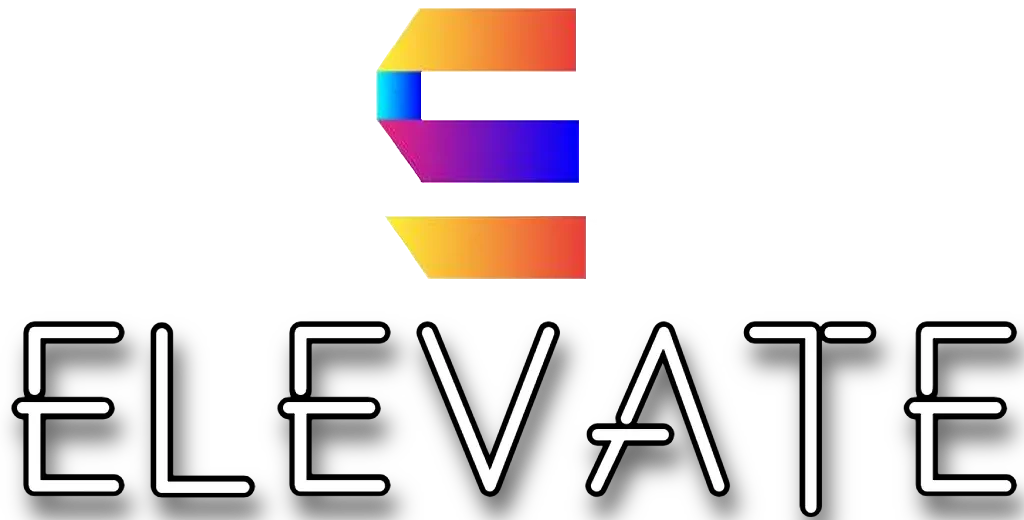Smart HVAC zoning improves energy efficiency by dividing a home into temperature-controlled areas, reducing energy waste and optimizing comfort. By using smart thermostats, dampers, and AI-driven controls, homeowners can lower costs and enhance climate control.
With the rise of smart thermostats and AI-driven HVAC systems, homeowners can now enjoy customized climate control, reduced energy costs, and a longer HVAC lifespan. If you’re looking to make your system more efficient, setting up smart zoning is one of the best investments you can make.
What is Smart HVAC Zoning?
Smart HVAC zoning is a system that divides a home into separate temperature-controlled zones. Each zone is managed by thermostats, dampers, and smart sensors to regulate airflow based on real-time needs. Instead of overworking the HVAC system, smart zoning optimizes energy consumption and personalizes comfort.
For instance, if your upstairs rooms get warmer than downstairs, zoning allows you to cool those spaces without affecting the rest of the home. This is especially useful for
- Multi-story homes
- Homes with large open spaces
- Rooms with different sun exposures
- Households with varying temperature preferences
How Smart Zoning Improves HVAC Efficiency
Installing a smart HVAC zoning system can drastically improve energy efficiency in several ways
- Reduced Energy Waste – No need to heat or cool unoccupied rooms
- Lower Utility Bills – Studies show smart zoning can reduce energy costs by up to 40%
- Extended HVAC Lifespan – Less strain on the system means fewer repairs and a longer lifespan
- Consistent Indoor Temperature – Eliminates hot and cold spots by optimizing airflow
- AI-Based Adjustments – Smart thermostats learn your schedule and adjust accordingly
By integrating zoning with a smart home system, efficiency is further enhanced. AI-driven thermostats can predict usage patterns, adjusting temperatures automatically based on occupancy and weather changes.
Setting Up Smart HVAC Zoning in Your Home
Evaluate Your Home’s Layout
Before setting up zoning, analyze how different areas of your home are used. Consider
- Which rooms are occupied the most
- Do certain areas get hotter or colder than others
- Are there multiple floors that require separate temperature control
By identifying these factors, you can determine how many zones your home needs.
Install Smart Thermostats for Each Zone
Each zoned area requires a separate thermostat to control temperature independently. The best options include
- Google Nest – AI-powered learning and voice control
- Ecobee Smart Thermostat – Built-in occupancy sensors for energy savings
- Honeywell T10 – Custom temperature control for multiple rooms
Use Motorized Dampers to Control Airflow
Motorized dampers are installed in the ductwork to regulate airflow. These dampers open and close automatically, redirecting conditioned air where it’s needed most.
Upgrade to a Compatible HVAC System
Not all HVAC systems support zoning. The best options include
- Variable Refrigerant Flow (VRF) Systems – Provide precise temperature control per zone
- Multi-Stage HVAC Units – Adjust heating and cooling output based on demand
- Ductless Mini-Split Systems – Ideal for homes without traditional ductwork
For the best results, consult an HVAC professional to ensure compatibility.
Best Practices for Maximizing Smart Zoning Efficiency
To get the most out of your zoned HVAC system, follow these tips
- Limit the number of zones – Too many zones can overcomplicate temperature management
- Set schedules for each zone – Use smart thermostats to automate temperature adjustments
- Keep doors open or closed strategically – Helps maintain airflow balance
- Use occupancy sensors – Detects movement and adjusts temperature automatically
- Integrate with a smart home system – Connect HVAC zoning to Alexa, Google Home, or Apple HomeKit for voice control
A properly set up smart zoning system enhances energy savings while improving overall comfort.
How AI and Predictive Controls Enhance Zoning
AI-driven climate control makes HVAC zoning even smarter. Some key features include
- Machine Learning – Smart thermostats learn temperature preferences and adjust settings automatically
- Occupancy Detection – Motion sensors detect room usage and adjust airflow accordingly
- Weather-Based Adjustments – Systems adapt to outdoor weather conditions for optimal energy efficiency
- Mobile App Integration – Adjust settings remotely using a smartphone
These features enhance efficiency, reduce energy waste, and improve user experience.
Common Mistakes to Avoid in HVAC Zoning
- Using a Single-Stage HVAC System – Older HVAC systems aren’t designed for zoning, leading to inefficiency
- Skipping Professional Installation – Incorrect setup can cause uneven heating and cooling
- Overcomplicating Zones – Too many zones can lead to unnecessary energy use
- Not Using Smart Thermostats – Standard thermostats lack zoning precision
- Ignoring Regular Maintenance – Dirty filters and vents reduce efficiency
By avoiding these mistakes, you can maximize the performance of your HVAC zoning system.
Is Smart HVAC Zoning Worth It?
Smart zoning is a long-term investment that improves energy efficiency and personal comfort. Key benefits include
- Lower Energy Bills – Reduces heating and cooling costs by up to 40%
- Eco-Friendly – Less energy waste means a smaller carbon footprint
- Increased Home Value – Smart HVAC systems are a top feature for homebuyers
If you’re considering upgrading your HVAC system, smart zoning is one of the best ways to enhance efficiency and comfort.
Final Thoughts
Smart zoning is a game-changer for HVAC efficiency, providing cost savings, personalized comfort, and optimized energy use. By integrating smart thermostats, motorized dampers, and AI-driven controls, homeowners can enjoy a fully automated climate control system that adapts to their needs.
If you’re ready to improve your home’s HVAC efficiency, consult a professional to explore zoning solutions that fit your space.










